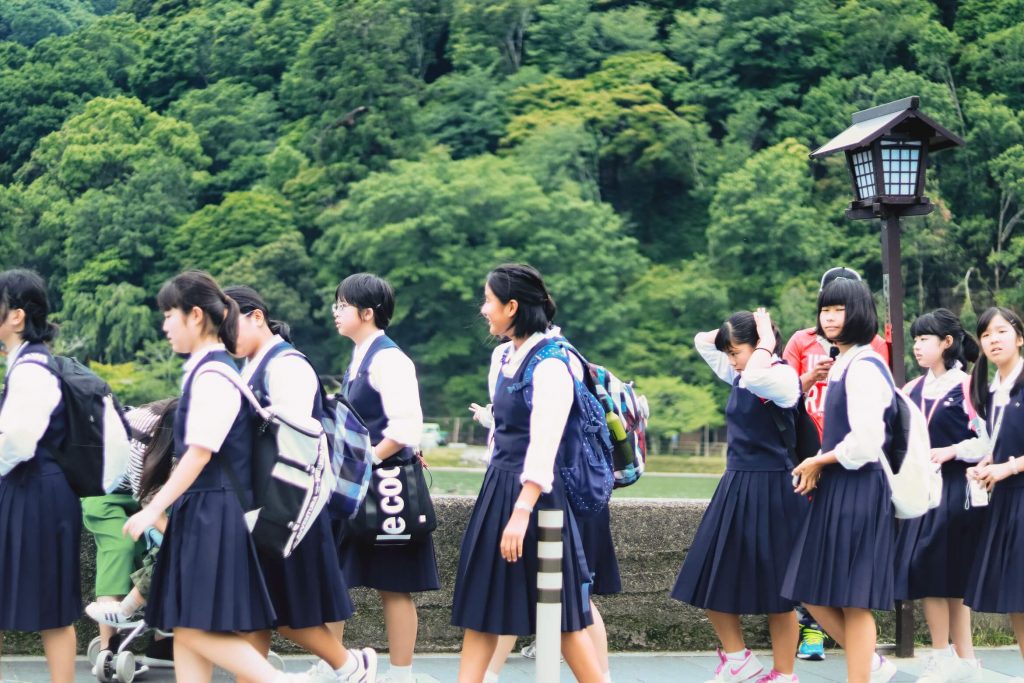
Choosing an international school in Tokyo can feel overwhelming. With so many excellent options scattered across the city and suburbs, where do you even begin? As education specialists who have worked with students from nearly every major international school in Tokyo, we understand the importance of this decision. You’re not just picking a school—you’re choosing the community where your child will grow, learn, and build lifelong friendships.
Let’s break down the four key factors that matter most when making this crucial decision.
Location plays a pivotal role in your decision. A convenient commute can significantly impact your child’s energy levels and ability to participate in things like after-school activities.
A shorter commute may allow your child to focus more on studies and extracurricular activities, but sometimes the perfect school is worth the extra travel time.

Choosing a curriculum is about aligning your child’s learning style and future aspirations with the right program. Focused primarily on secondary education, Tokyo’s international schools offer several globally recognized curricula:
The right curriculum will depend on your child’s learning preferences, long-term goals, and where you envision them studying in the future.

Extracurricular activities play a vital role in shaping well-rounded students, especially for high school students. Tokyo’s international schools offer diverse opportunities to nurture your child’s interests and talents:
The size and demographic makeup of a school can influence your child’s experience both socially and academically.
Single-gender schools like St. Mary’s, Sacred Heart, and Seisen can provide focused environments tailored to specific educational and social needs, while co-ed schools offer opportunities for collaboration and diverse interactions.

Choosing an international school is a deeply personal decision. It’s about finding a community where your child can thrive academically, socially, and emotionally.
Tips for Making the Right Choice:
Take your time, trust your instincts, and keep your child’s happiness and growth at the heart of your decision.
Need guidance? We’ve helped hundreds of families navigate this journey. Schedule a free consultation to discuss your options and find the right fit for your child.
Visit our Resource Center and gain access to recorded webinars, podcast episodes, school profiles, and more.